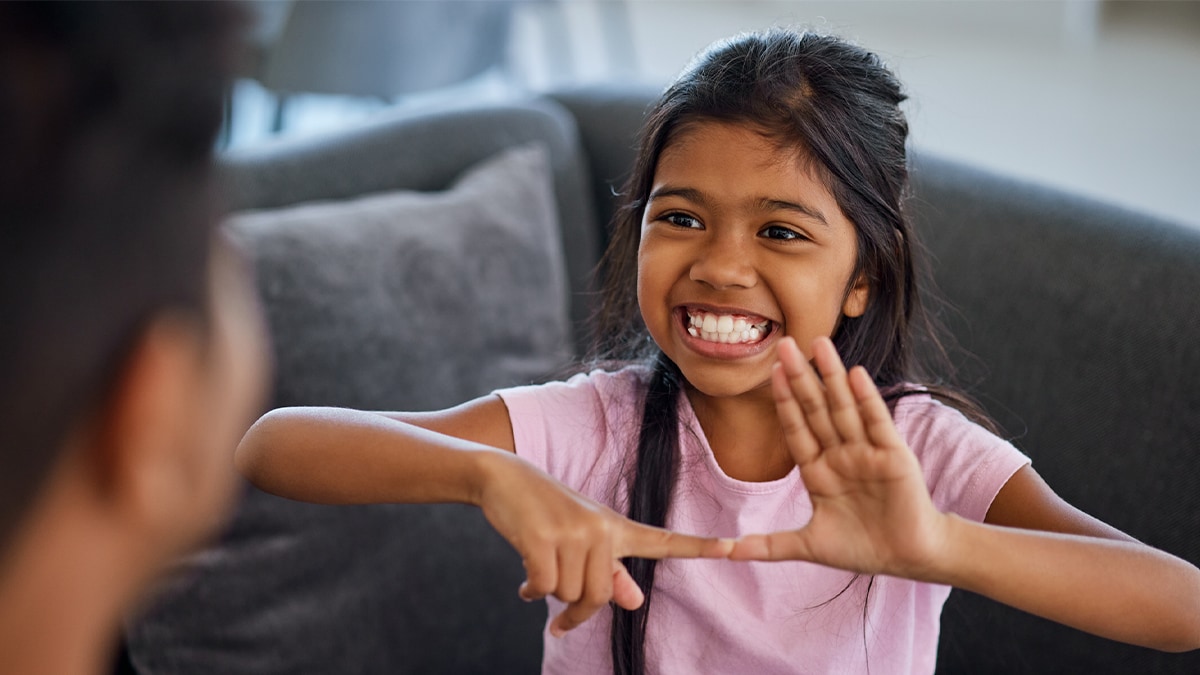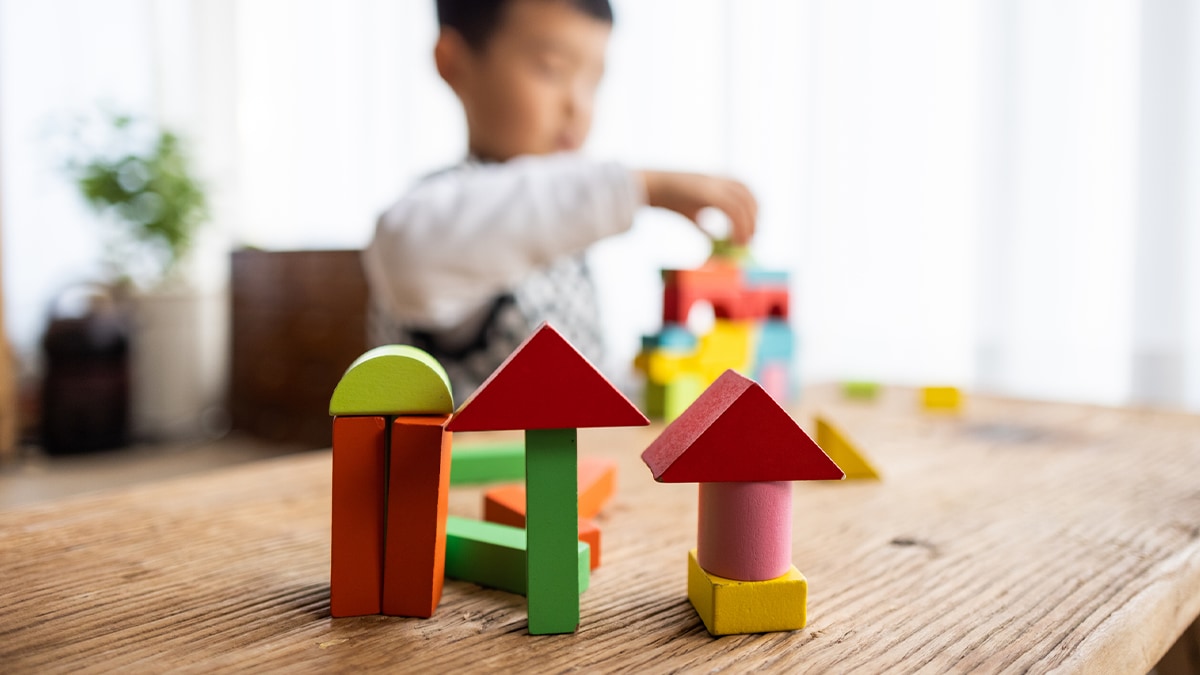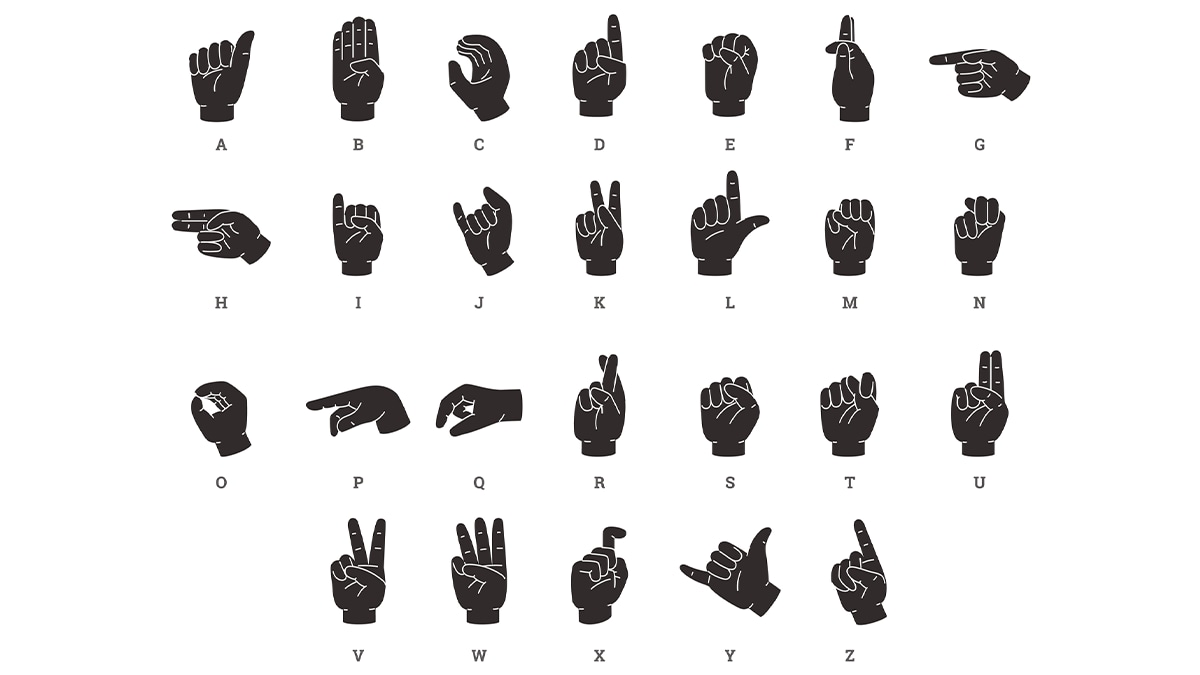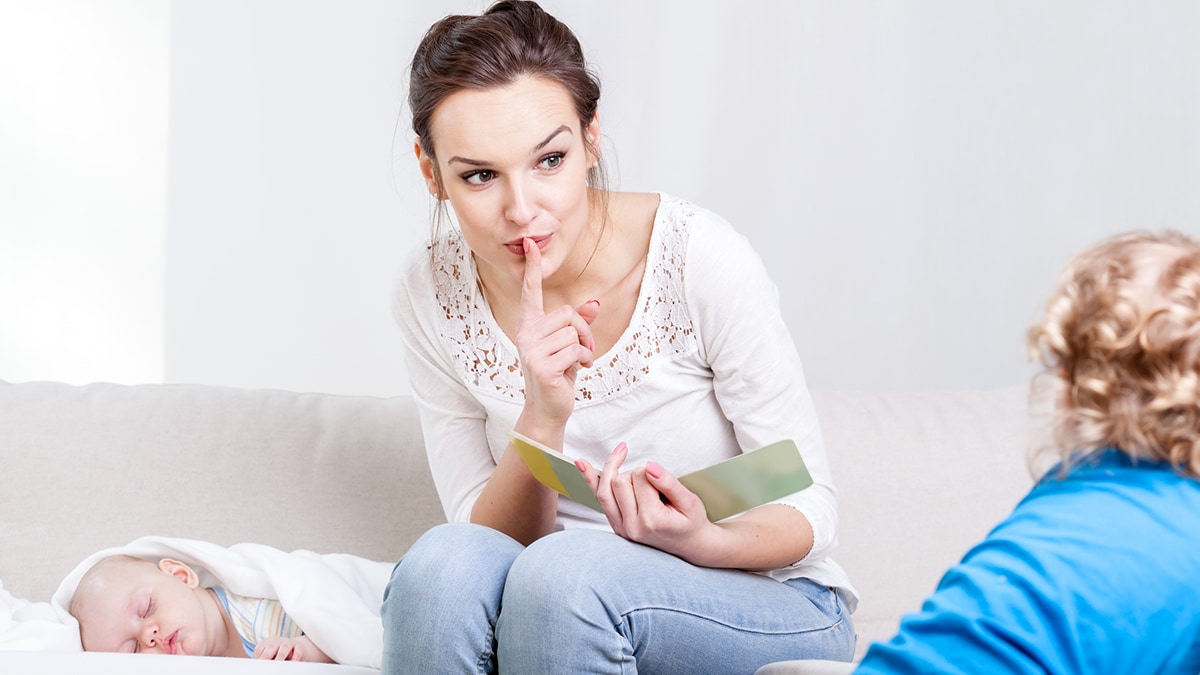What to know
People with hearing loss and their families often need special skills to communicate. These skills can be used together with hearing aids, cochlear implants, and other devices that help people hear.

Communication approaches
It's never too early to start thinking about helping your baby learn to communicate. Without extra help, children with hearing loss have problems communicating. These children can then be at risk for other delays.
Families who have children with hearing loss often need to learn special skills to help their children learn to communicate. These skills can be used together with cochlear implants and other devices that help children hear.
Many parents look for help in learning to use these special skills. There are several programs that can help parents and children, each emphasizing different communication skills. Here are the five programs, and the skills that are sometimes included in each of them:
Auditory-Oral: The auditory-oral program teaches babies and young children who are deaf or hard-of-hearing to use whatever hearing they have. They also use lipreading (speechreading) and gestures to understand and use spoken language. This program includes building blocks such as Natural Gestures, Listening, Speech (Lip) Reading, and Speech.
Auditory-Verbal: The auditory-verbal program teaches babies and young children who are deaf or hard of hearing to use their amplified residual hearing or hearing through electrical stimulation (cochlear implants) to listen, to understand spoken language, and to speak. This program includes building blocks such as Listening and Speech.
Bilingual: This program teaches babies and young children who are deaf or hard of hearing two languages, American Sign Language (ASL) and the family's native language. (for example, English or Spanish). ASL is usually taught as the child's first language and English (or the family's native language) is taught as the child's second language through reading, writing, speech, and use of residual hearing. This program also teaches respect for Deaf and hearing cultures. This program also includes building blocks such as Finger Spelling and Natural Gestures.
Cued Speech (Building Block): Cued Speech (sometimes called "cueing") is a building block that helps children who are deaf or hard-of-hearing better understand spoken languages. Many speech sounds look the same on the face even though the sounds are different. For instance, the words "mat," "bat," and "pat" look the same on the lips and mouth. When "cueing" English, the person communicating uses eight hand shapes and four places near the mouth to help the person looking tell the difference between speech sounds.
Total Communication: The Total Communication program teaches babies and young children that are deaf or hard-of-hearing to use a combination of building blocks to communicate in the English language. Most Total Communication programs use some form of Simultaneous Communication (speaking and signing at the same time). This program includes building blocks such as Conceptually Accurate Signed English (CASE), Finger Spelling, Listening, Manually Coded English (MCE), Natural Gestures, Speech (Lip) Reading, and Speech.
These five programs use a mixture of different approaches and skills.
You as a parent can look at these programs and choose the skill—or set of skills—that will help your child communicate. Some parents choose a single program because that's what works best for them. Other parents choose skills from two or more programs because that's what works best for them. You can also talk to your team of health care professionals about which program or programs will give your child the most success.
Because these skills are used to build language, we are going to call them "building blocks." Learning language is like stacking building blocks on a platform. The language is the platform and the skills are the building blocks. A family can pick and choose the building blocks that work best for their child and family.
"Building Blocks" refers to the different skills that parents can use to help their child learn language. There are many types of building blocks, and a family can pick and choose the building block (or blocks) that work best for their child and family. Keep reading to learn more about the many commonly used building blocks.
When most people hear the word "language" they think of languages such as English, Spanish, or other spoken languages. However, there are other languages such as American Sign Language (ASL), which are visual languages. Because you might not be familiar with these languages, there is a section about ASL in this Guide.

How can I start communicating with my baby right now? Click here to find out more.
American Sign Language (ASL)
American Sign Language (ASL) is not a building block for a language—it is a language itself. While English and Spanish are spoken languages, ASL is a visual language. Because you may not be familiar with ASL, it is included in this section even though it's not a building block like the others.
ASL is a complete language. You communicate using hand shapes, direction and motion of the hands, and facial expressions. ASL has its own grammar, word order, and sentence structure. You can share feelings, jokes, and complete ideas using ASL.
Like any other language, ASL must be learned. You can take ASL classes and start teaching your baby even while you are still learning it yourself. Your baby can learn ASL as a first language. Also, experts in ASL can work with you and your baby to help you learn ASL.
Children and adults can use many other building blocks with ASL. Finger spelling is one building block that is almost always used with ASL. Finger spelling is used to spell out words that don't have a sign—such as names of people and places.
Auditory training/listening
Most children who are deaf or hard-of-hearing have some hearing. This is called "residual hearing." Some parents of a child with residual hearing may choose to use a building block called listening (auditory training). This building block is often used in combination with technology (such as hearing aids, cochlear implants, and other assistive devices).
Listening might seem easy to a person with hearing. But for a child with hearing loss, listening is often hard without proper training. Like all other building blocks, the skill of listening must be learned. Often a speech-language pathologist will work with the baby and family.
Conceptually Accurate Signed English (CASE)
Conceptually Accurate Signed English (CASE)—sometimes called Pidgin Signed English (PSE)—is a building block that has developed between people who use American Sign Language (ASL), and people who use Manually Coded English (MCE), using signs based on ASL and MCE. This helps them understand each other better.
In CASE, American Sign Language (ASL) and Manually Coded English (MCE) are blended together. CASE is flexible, and can be changed depending on the people using it.
Other building blocks can be used with CASE. Often, finger spelling is used in combination with CASE. Finger spelling is used to spell out words that don't have a sign—such as names of people and places.
Cued Speech
Cued Speech is a building block that helps children who are deaf or hard-of-hearing better understand spoken languages.
When watching a person's mouth, many speech sounds look the same on the face even though the sounds heard are not the same. For instance, the words "mat," "bat," and "pat" look the same on the face even though they sound very different. When "cueing" English, the person communicating uses eight hand shapes and four places near the mouth to help the person looking tell the difference between speech sounds. Cued Speech allows the child to make out sounds and words when they are using other building blocks, such as speech reading (lip reading) or auditory training (listening).
Like all building blocks, you can start using Cued Speech when your child is a baby. Experts in Cued Speech can work with you and your baby. This building block is often used with other building blocks such as speech reading or auditory training.
View and print the Cued Speech hand shapes and mouth positions »
Finger spelling
Finger spelling is a building block in which you or your child uses hands and fingers to spell out words. Hand shapes represent the letters in the alphabet. Finger spelling is used with many other building blocks; it is almost never used by itself. It is most often used with American Sign Language (ASL), Conceptually Accurate Signed English (CASE), and Manually Coded English (MCE) to spell out words that don't have a sign — such as the names of places or people.
Like all building blocks, you can start using finger spelling when your baby is very young. He or she can learn finger spelling naturally — the baby doesn't need to know how to spell. He or she will just learn that the movements of the hand mean something. For instance:

Related Items
Manually Coded English (MCE)
Manually Coded English (MCE) is made up of signs that are a visual code for spoken English. You may have heard of Morse code. Morse code is a system of dots and dashes that can be tapped out to form English words and phrases. MCE is a code for a language—the English language. Many of the signs (hand shapes and hand motions) in MCE are borrowed from American Sign Language (ASL). But unlike ASL, the grammar, word order, and sentence structure of MCE are similar to the English language.
Parents who are not familiar with MCE can take classes. Like all building blocks, you can start teaching MCE to your child even when he or she is an infant. Also, experts in MCE can work with you and your baby to help learn MCE.
Children and adults can use many other building blocks along with MCE. One building block that is commonly used is finger spelling, which is used to spell out words that don't have a sign in MCE—such as names of people and places.
Natural gestures
"Natural gestures"—or body language—are actions that parents normally do to help children understand a message. For example, if you want to ask your toddler if he or she wants to be picked up, you might stretch out your arms and ask, "Up?" For an older child, you might motion with your arms as you call for him or her to come inside. Or you might put your first finger over your mouth and nose to show that the child needs to be quiet.
Babies will begin to use this building block naturally if they can see what others are doing. This building block is not taught, it just comes naturally. It is always used with other building blocks.

Speech
Speech is a skill that many people take for granted. But speech is a building block—a skill that helps build language. Parents can choose to have their child use this building block for communicating—that is, expressing themselves.
Speech is often used in combination with hearing aids, cochlear implants, and other assistive devices. A child with some residual hearing may find it easier to learn speech than a child with no residual hearing. But, since this building block is used by a child to express him or herself to other people, one or more other building blocks must be used to help the child understand others.
Speaking may seem easy to a person with hearing. But for a child with hearing loss, speaking is often hard without proper training. Like all other building blocks, the skill of speaking must be learned. Often a speech-language pathologist must work with the baby and family.
Speech reading
Speech reading (or lip reading) is a building block that helps a child with hearing loss understand speech. The child watches the movements of a speaker's mouth and face and understands what the speaker is saying. About 40% of the sounds in the English language can be seen on the lips of a speaker in good conditions—such as a well-lit room where the child can see the speaker's face. But some words can't be read. For example: "bop," "mop," and "pop" look exactly alike when spoken. (You can see this for yourself in a mirror). A good speech reader might be able to see only 4 to 5 words in a 12-word sentence.
Children and adults often use speech reading in combination with other building blocks—such as auditory training (listening), cued speech, and others. But it can't be successful alone. Babies will naturally begin using this building block if they can see the speaker's mouth and face. But as a child gets older, he or she will still need some training to use this building block.
Sometimes, when talking with a person who is deaf or hard-of-hearing, people will exaggerate their mouth movements or talk very loudly. Exaggerated mouth movements and a loud voice can make speech reading very hard. It is important to talk in a normal way and look directly at your child's face and make sure he or she is watching you.
